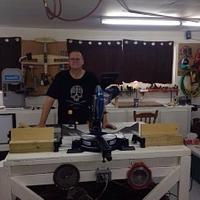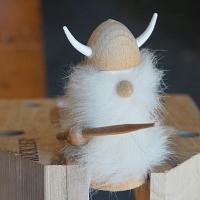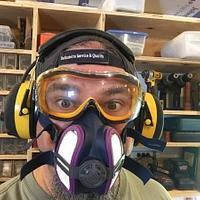
Jeff Vandenberg
in about 11 years
For Our Boat/ Ship Builders
Today my wife and I drove 2 hours to Sheboygan, WI for our niece’s graduation party that was in the marina park on Lake Michigan. I saw this ship wreck that was on a permanent desplay there. So I walked over to see what it was all about. The ship was lost at sea in the 1800’s. And was found a raised off the shore of Sheboygan, WI.
Why I am showing these pictures is because its really cool to see history and the craftsmanship that went into building these ships from that era. I can’t believe the amount of spikes, rods and bolts that are in these very thick planks. Also the very cool jointery to connect the ends of the planks on the sides. I noticed it had an outer and inner side walls.
Enjoy the pictures. I included the history of the ship.
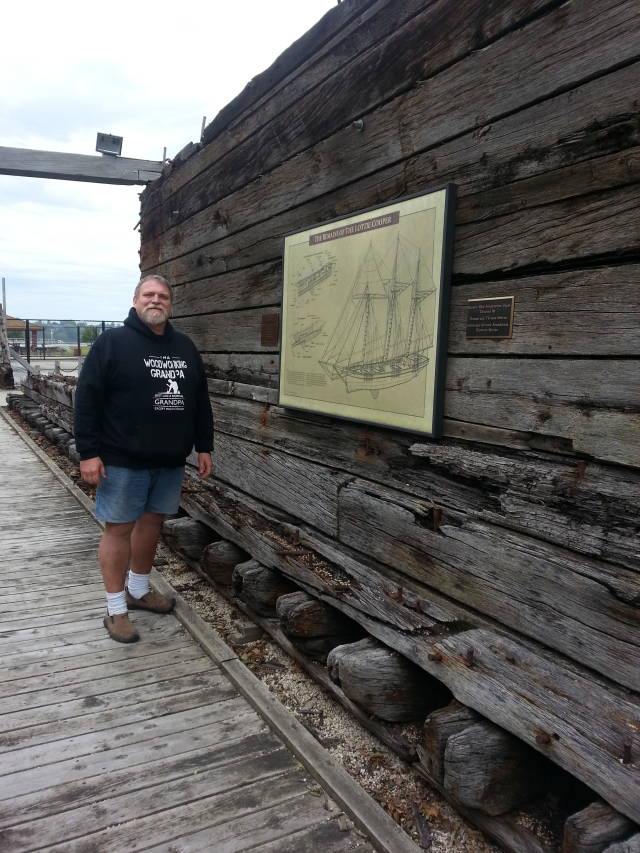
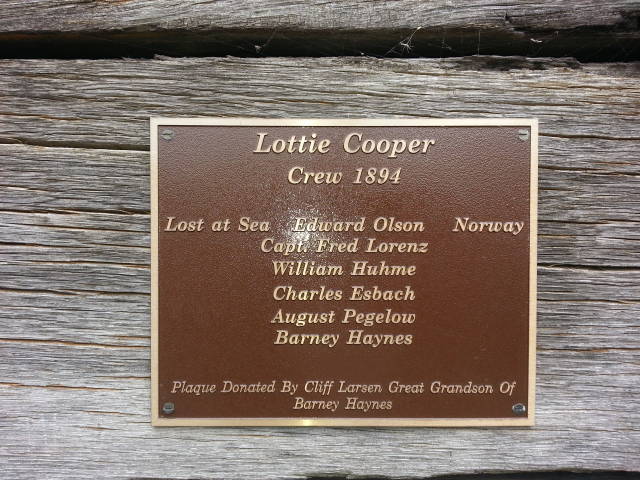
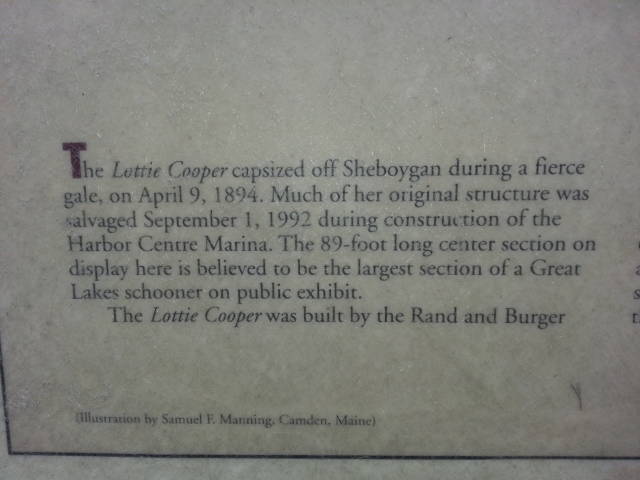
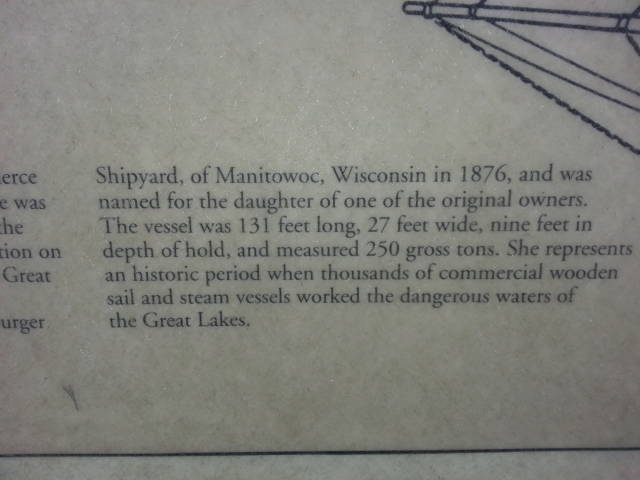
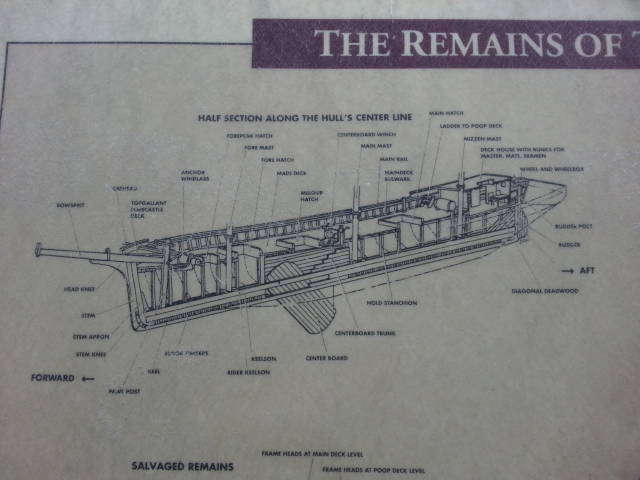
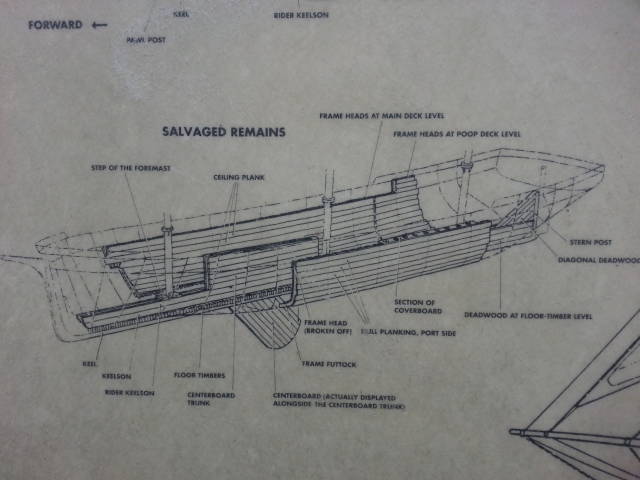
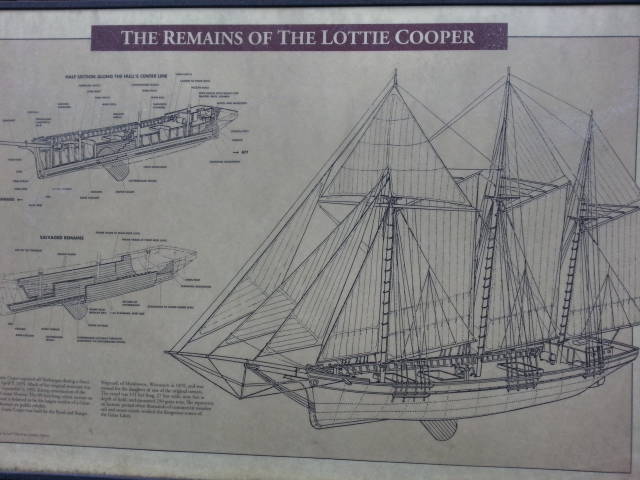
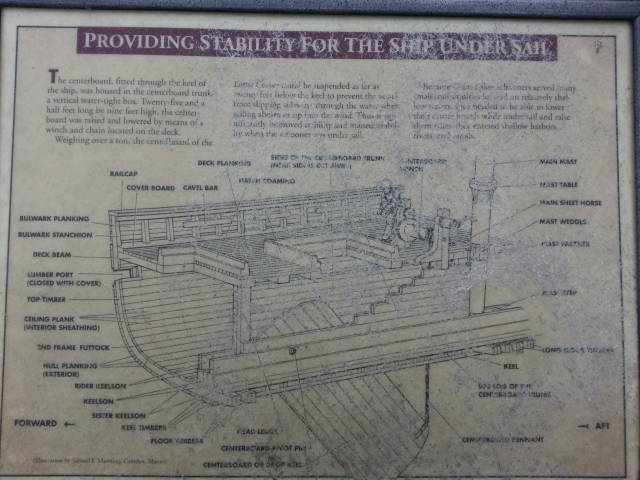
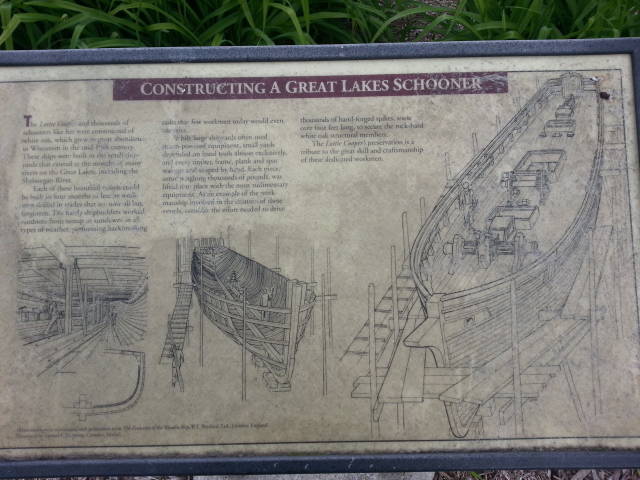
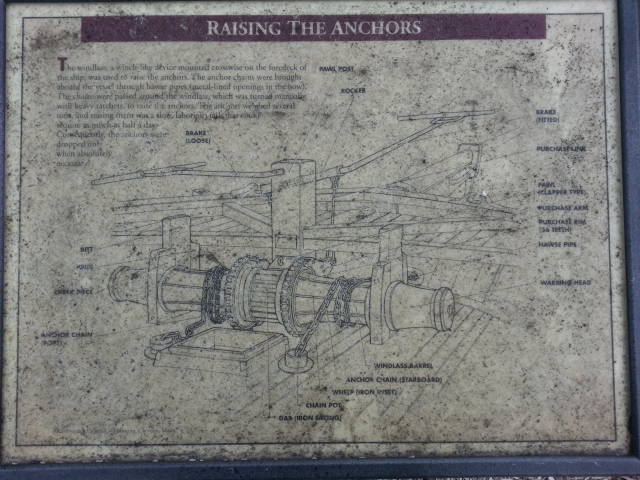
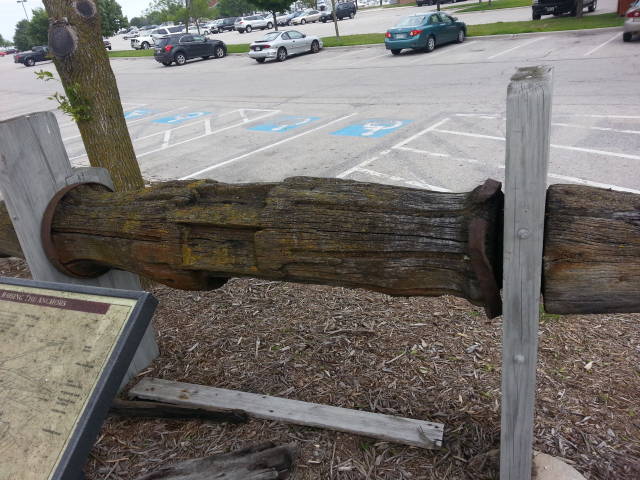
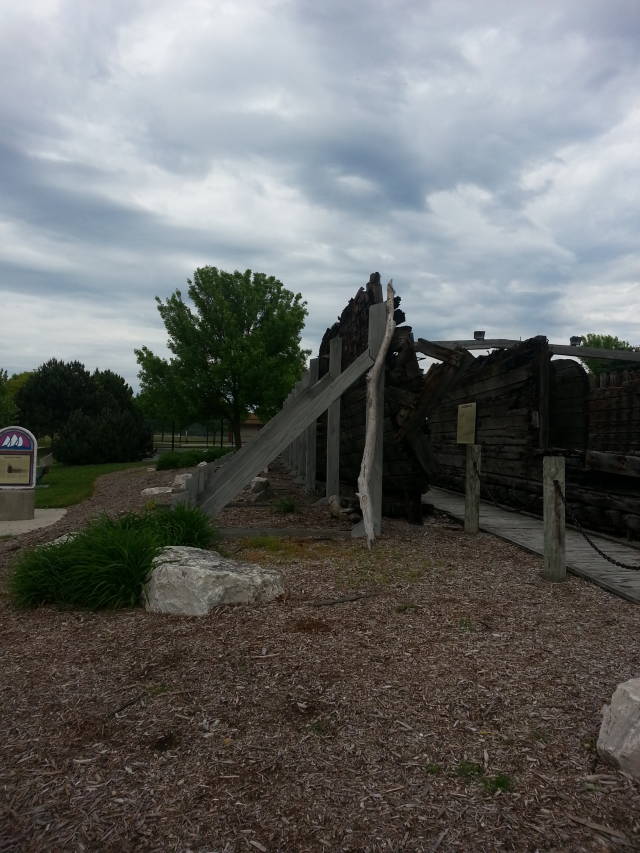
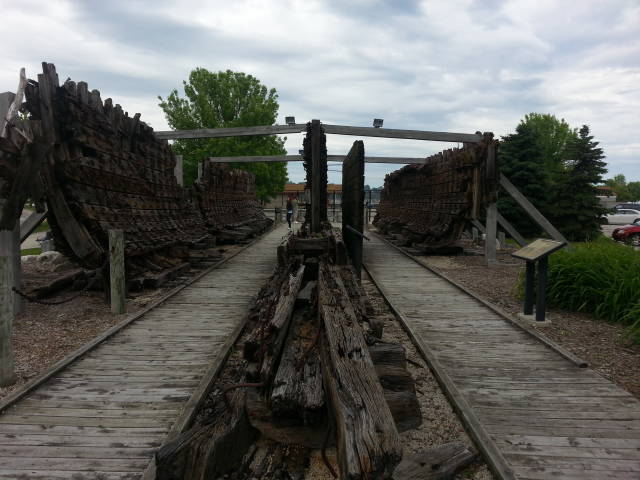
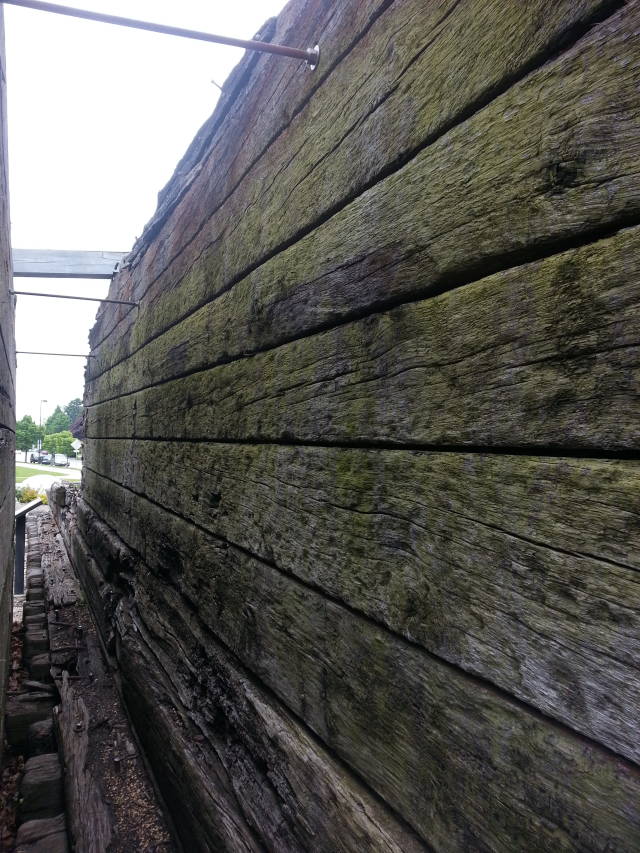
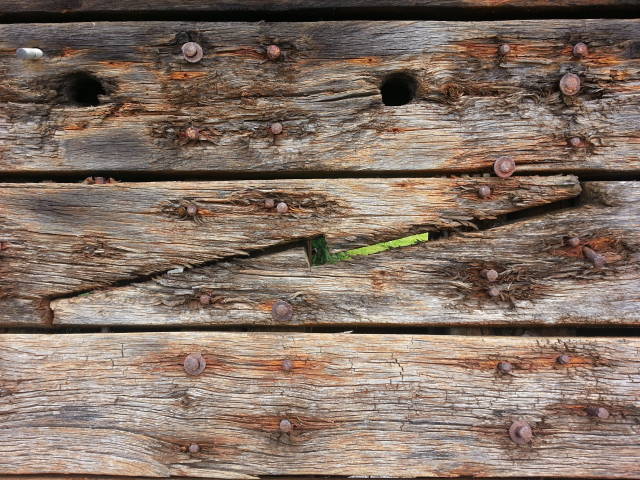
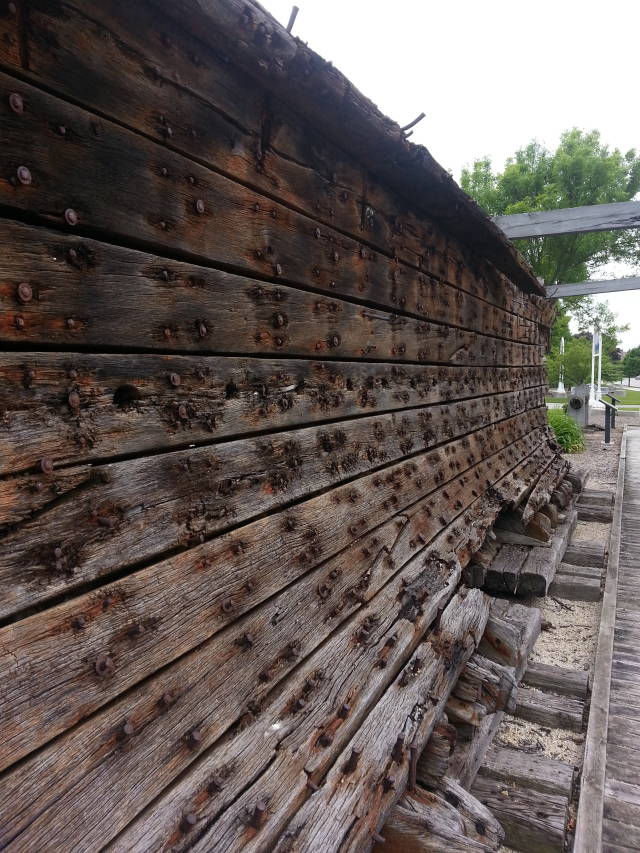
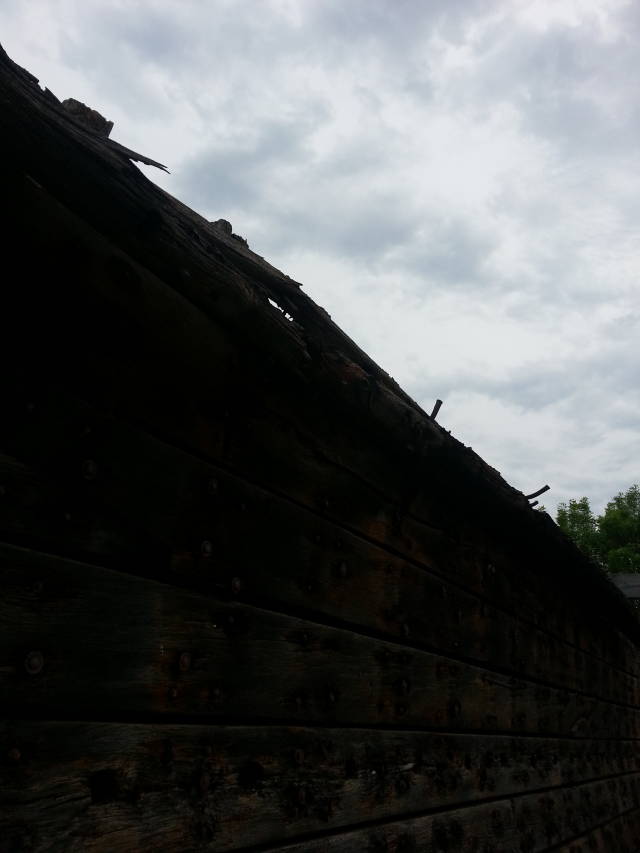
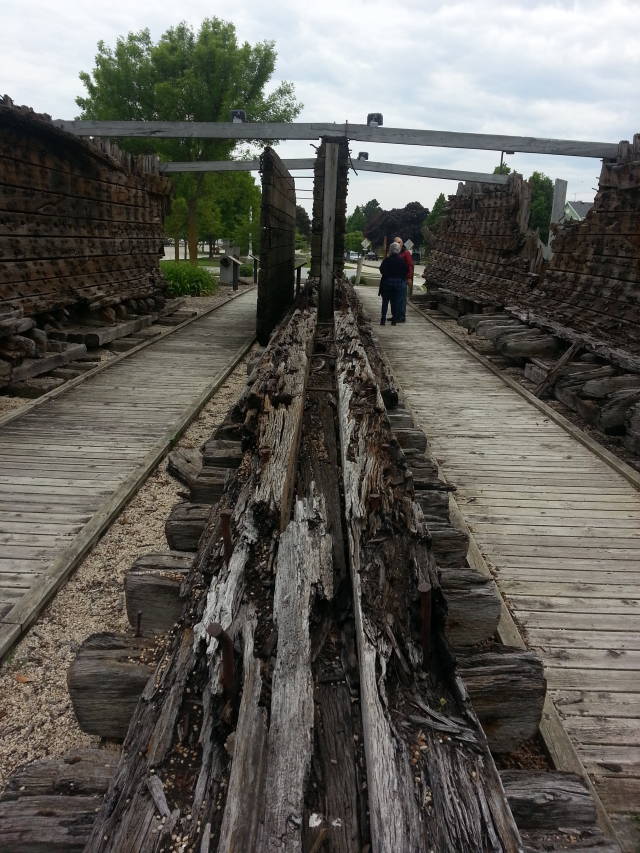
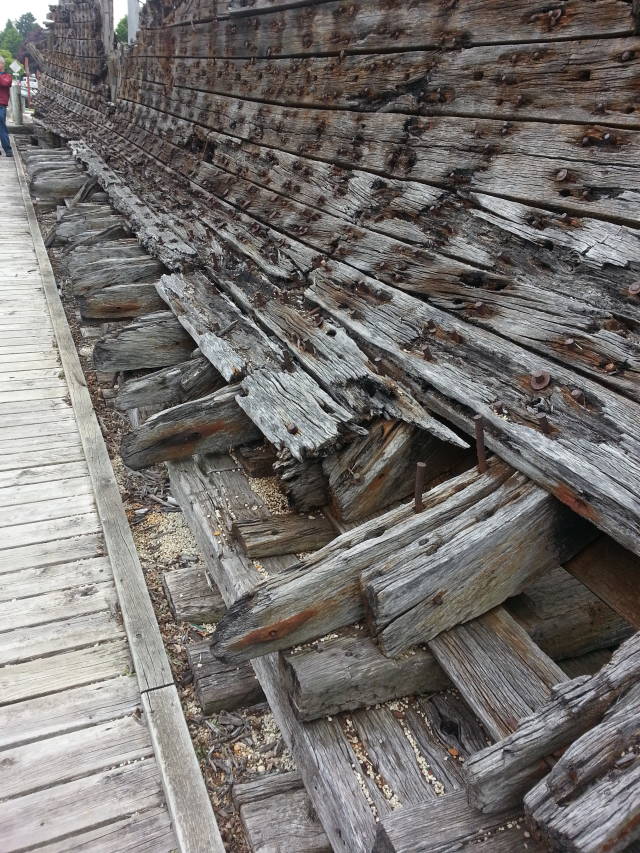
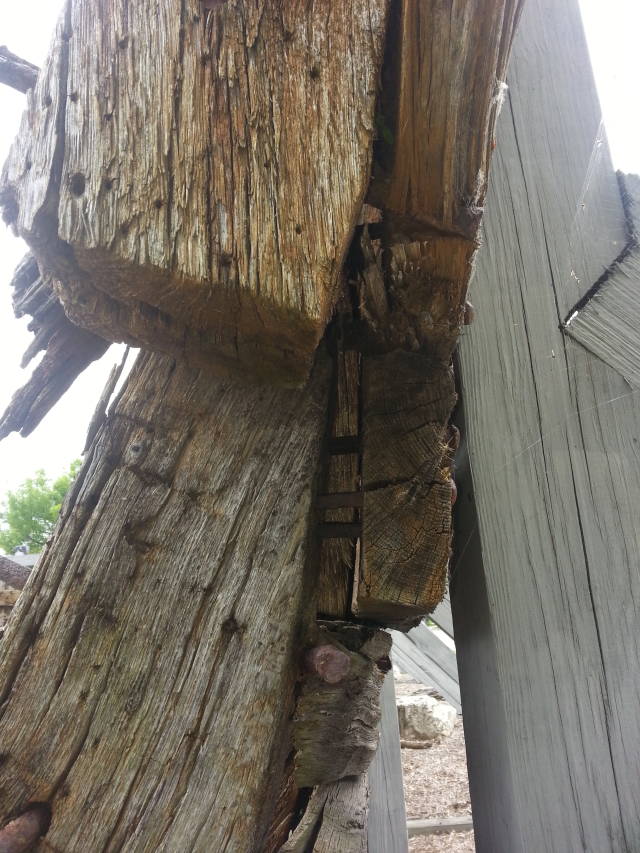
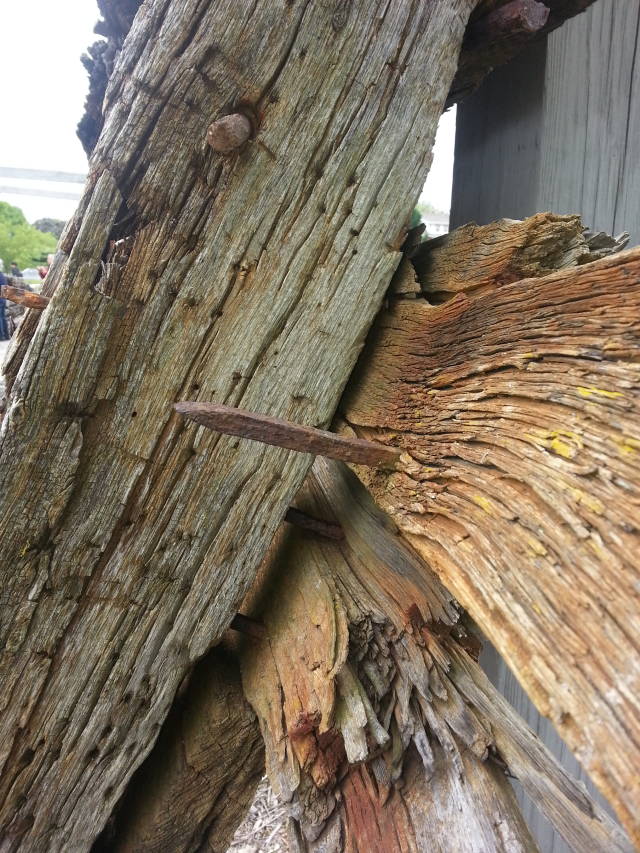
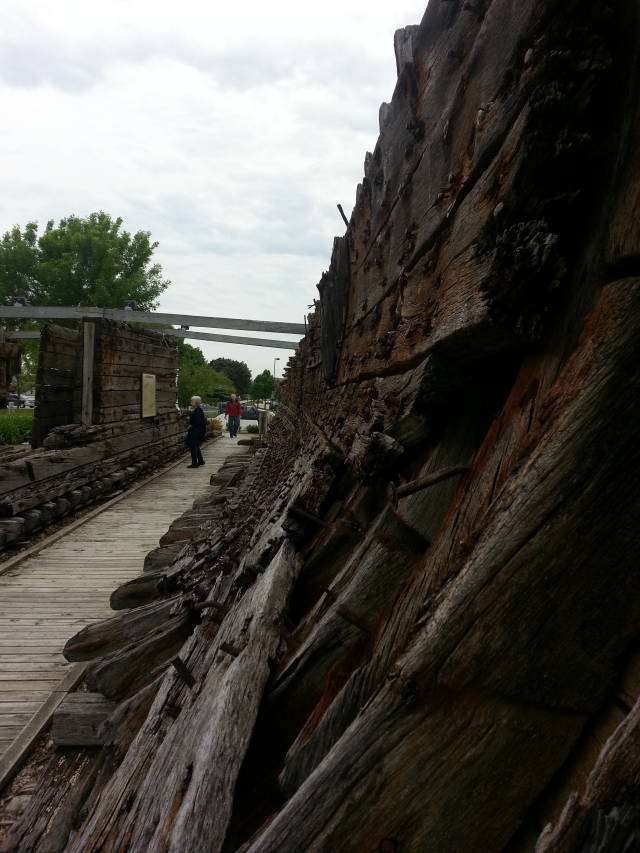
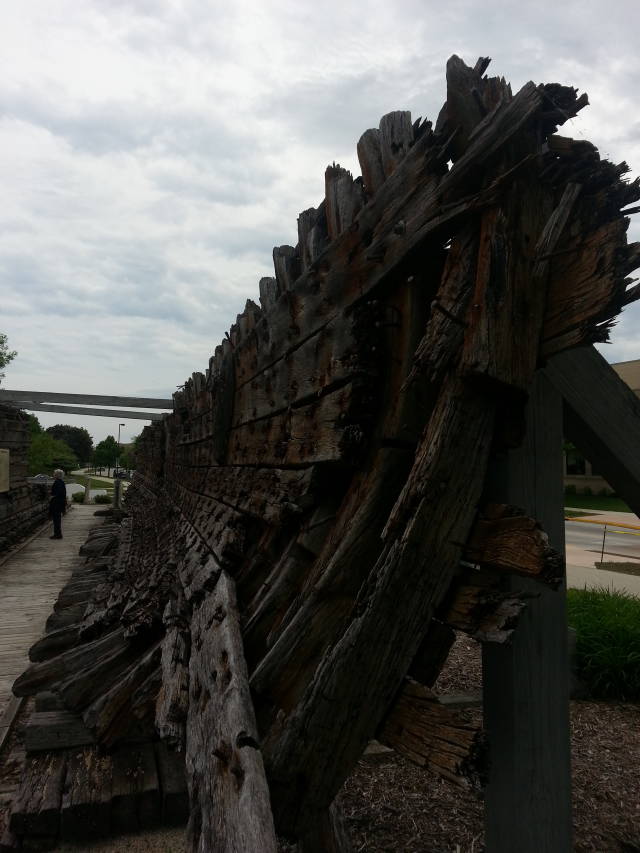
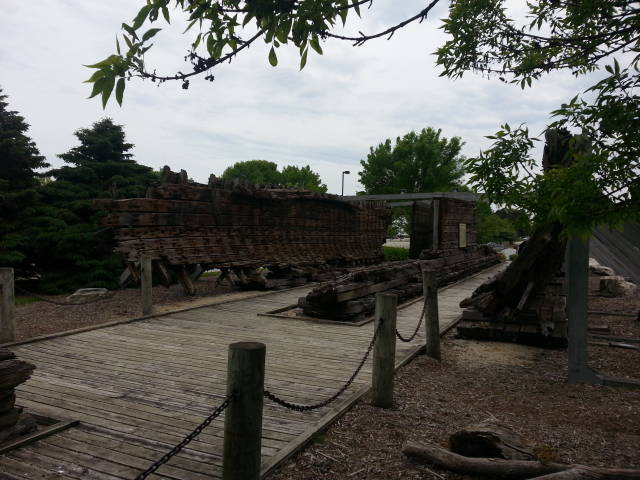
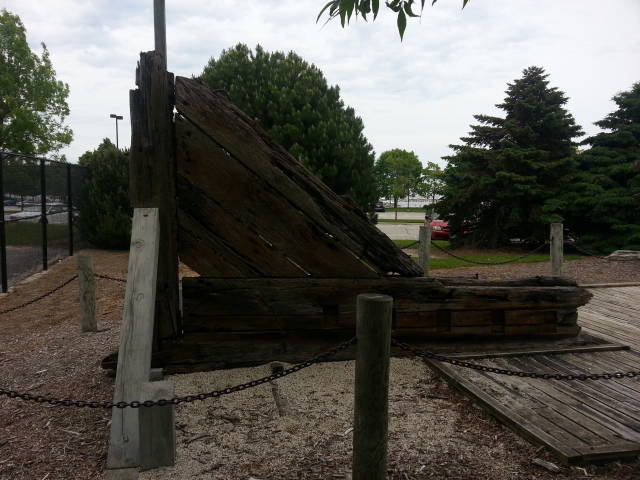
Jeff Vandenberg aka "Woodsconsin"
19 Comments
Thanks Jeff. Looks like a fine bit of preserved history. I’ve had the opportunity to see a few preserved wrecks (one was the Mary Rose in Portsmouth, England) and there is always an eerie feeling about them. The history sort of surrounds you for the moment.
Thanks again.
The early bird gets the worm but its the second mouse that gets the cheese.
Very interesting , amazing what they did with the tools of that era
Wheaties
That’s really interesting seeing this close up and being able to see all the technical ingenuity that went into building these ship back then. Thank you very much for sharing, very different but, really educational.
Jamesw
good pictures jeff
jim
Wow that is cool, thanks so much for sharing that bit of history and great photos Jeff
woodworking classes, custom furniture maker
Very interesting. It’s amazing to see how much metal was in the double wall design. Thanks Jeff.
CHRIS, Charlottetown PEI Canada. Anytime you can repurpose, reuse, or recycle, everyone wins!
Great pics Jeff and your shirt is awesome?
My Woodshop is my happy place? trimandcraft.ca https://www.facebook.com/Trimandcraft
Nice and thanks Jeff. Yes we have come a long ways, but not as far as we should have. Just look at the killings just the other day.
Madts.
Tor and Odin are the greatest of gods.
Your all welcome. It is great to look back on this historic craftsmanship. It really makes you think about how hard it had to been without power tools and end up With a great result. Just amazing.
Jeff Vandenberg aka "Woodsconsin"
Thank you Jeff, hard to picture how they did that with “primitive” tools. As it has been said, we stand on the shoulders of the previous generation as far as their discoveries, techniques, inventions and improve on them.
Jack
Very interesting. Thanks for sharing. Have you seen this about the Bucklers Hard school for ship building?
https://www.facebook.com/BBCSouthToday/videos/615189995238261/
Very interesting history Jeff, thank you. I have read a few stories in Wooden Boat magazine about these great lake ships. I have to admit that it pains me a bit to think about the enormous amount of quality timber that went into building sailing ships across the world, but they were certainly the most beautiful ships ever, and I have great respect for the men who designed and built them. It was interesting to see that the ship’s captain was a Norwegian.
Mike, an American living in Norway
There was a lot of Norwegian settlement here. Matter of fact there are actual towns here that are just occupied by the different heritage’s. I love getting on the bike and just going to those towns and getting authentic food.
Jeff Vandenberg aka "Woodsconsin"
Oh my question to the respondents here. So you have all this planking for the sides all then rods bolts and spikes holding. But how did they water proof the seems youd think they would have done some kind of toung and grove. So did they put something between the planks?
Jeff Vandenberg aka "Woodsconsin"
That’s an easy one Jeff. The seams were caulked (pronounced “corked” around here) with cotton and oakum or possible back then on a big ship just oakum. It is tucked into the seams in tight loops with a tucking iron an then driven home with a driving iron. Both are used in conjunction with a caulking mallet. On a large application like this the driving iron would be on a long handle held by one caulker while the “mallet”, would be swung with two hands by another.
Caulking serves not only to seal out the water. It is also an essential aspect of tightening up the whole boat to resist movement.
The early bird gets the worm but its the second mouse that gets the cheese.
Thank you for the explanation. That is very cool. I wonder if theres any videos on that. That would be so cool to see that first hand.
Jeff Vandenberg aka "Woodsconsin"
Here’s one I found in a quick look.
http://youtu.be/ZeAKD_yy7Uo
This guy is no caulker but it serves to show the basic principles. There are lots of others. A good caulker when tucking sounds like tap, tap, tap, tap in quite rapid succession.
I’d make you one myself but you really need a boat to work on and I don’t have one handy. (nor do I wish to …… I’m retired :-)…)
The early bird gets the worm but its the second mouse that gets the cheese.
Lol that’s cool. Thanks
Jeff Vandenberg aka "Woodsconsin"
Some big flukin’ nails in there…
Losing fingers since 1969














